It is impossible to spend any time at all in Warsaw without feeling the heavy impact of history. It pervades the atmosphere and cries out at every corner.
Before the war, the population of Warsaw was approximately 1,000,000. At its close, that figure had dropped to below 2,000.
As the city was rebuilt following it's almost complete destruction, it has made just place for numerous monuments, memorials, plaques and parks. Like punctuation, they temper the current moment with reminders of the past and honour those people and groups that, still today, make the city what it truly is.
The following images were taken over two days, in January 2023.
My city. My memorial: Monumental.
Memorial to the Evacuation of Warsaw Ghetto Fighters
Ul. Prosta; Warszawa
"It is impossible to describe the conditions under which the Jews of the ghetto are now living. Only a few will be able to hold out. The remainder will die sooner or later. Their fate is decided. In almost all the hiding places in which thousands are concealing themselves it is not possible to light a candle for lack of air.
Modecai Anielewicz

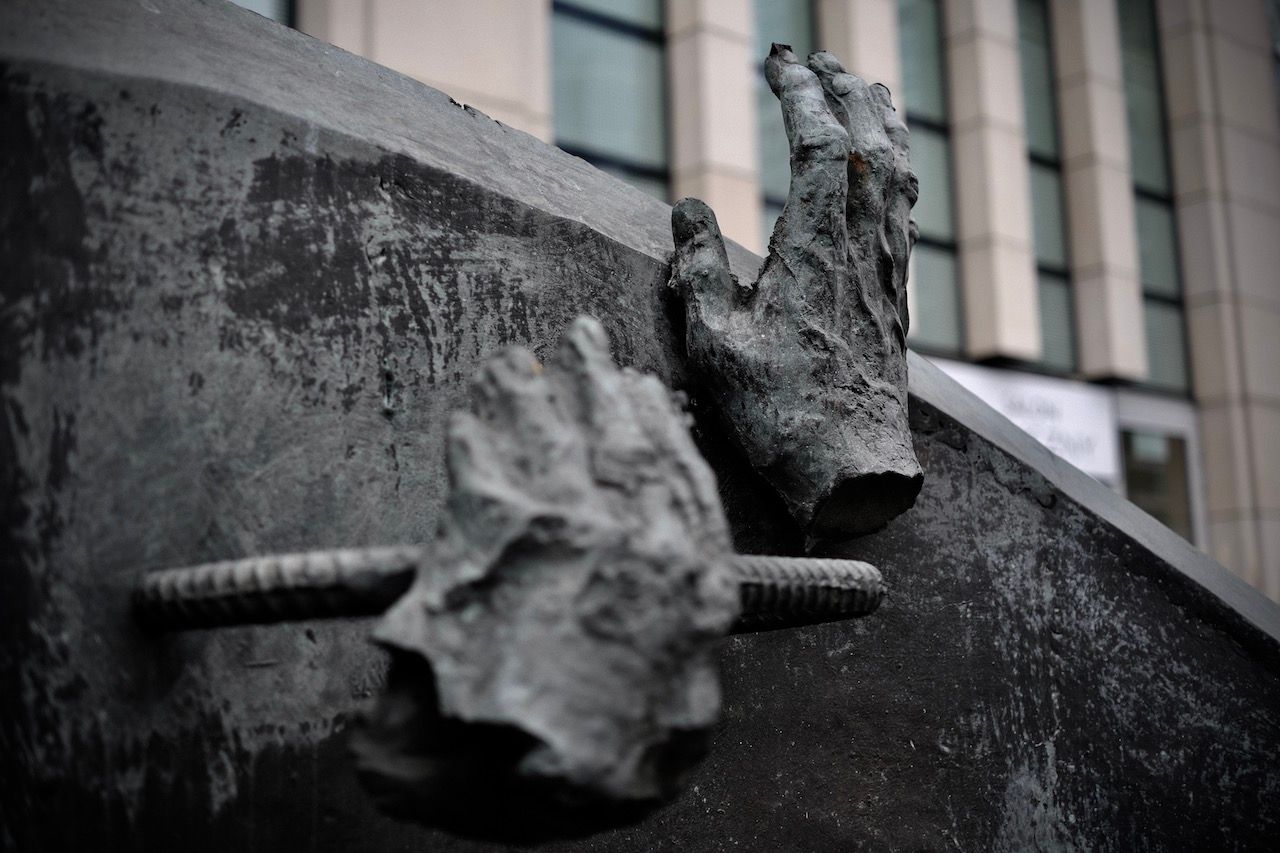


Memorial to the Evacuation of Warsaw Ghetto Fighters
A Footbridge of Memory
Ul. Chłodna, Żelazna & Wronia; Warszawa
"From the bridge you can see the “Aryan” Warsaw, to us seemingly so free. But such small pleasures are not allowed. The policemen on the bridge politely but firmly ask you not to stare and keep moving."
Henryk Makower




A Footbridge of Memory
Pawiak Prison
Dzielna 24/26; Warszawa.
"During the ghetto uprising in April – May 1943, Pawiak became an assault base for the Nazis. Prison warders volunteered to hunt for insurgents. Captured victims were beaten, humiliated and ill-treated. Then they were shot dead at point blank range in the back of their heads. Men and women alike. In Pawiak the cells were filled with acrid smoke. We could smell human bodies burning. Iron cupboards and beds were scorching. Rubber soles turned into balloons. Apparently, we would also go up in flames."
Unknown Inmate


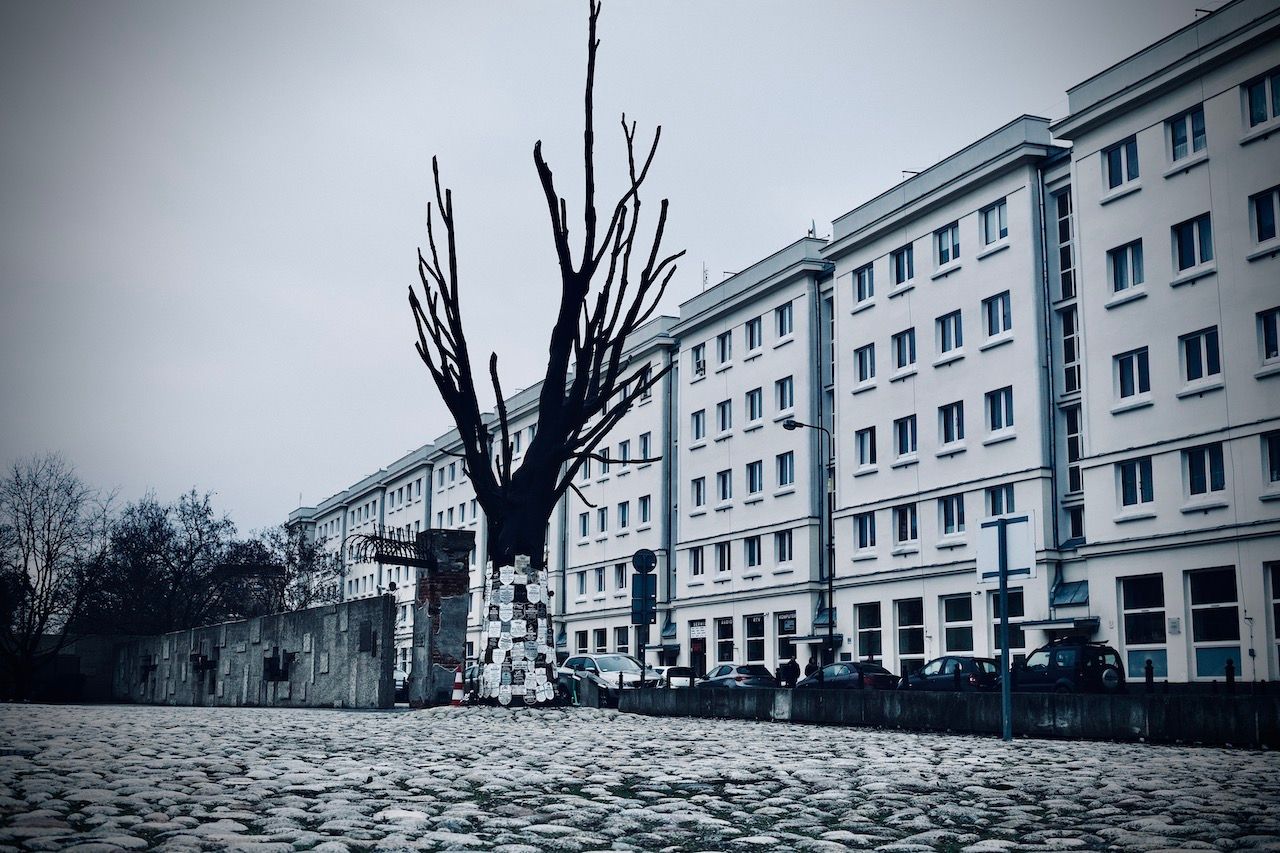
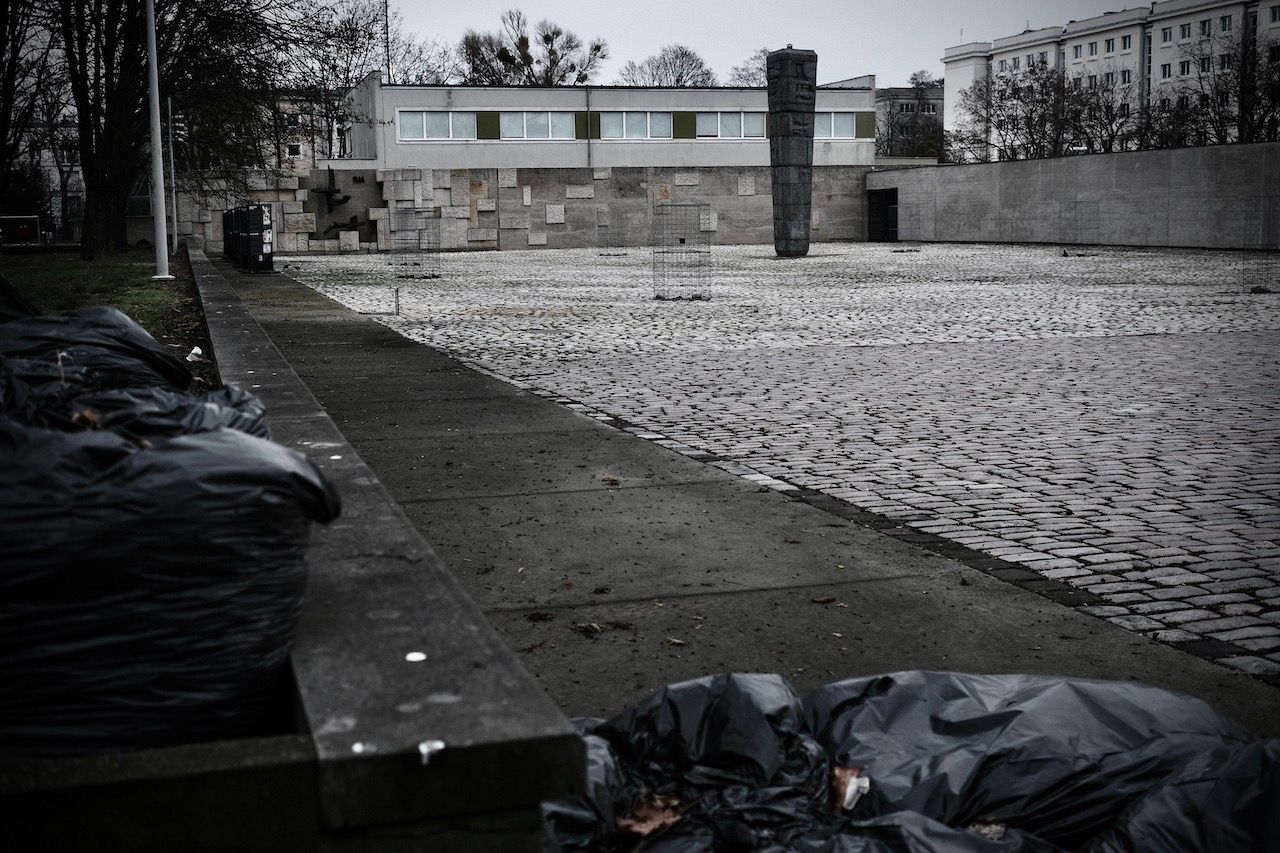
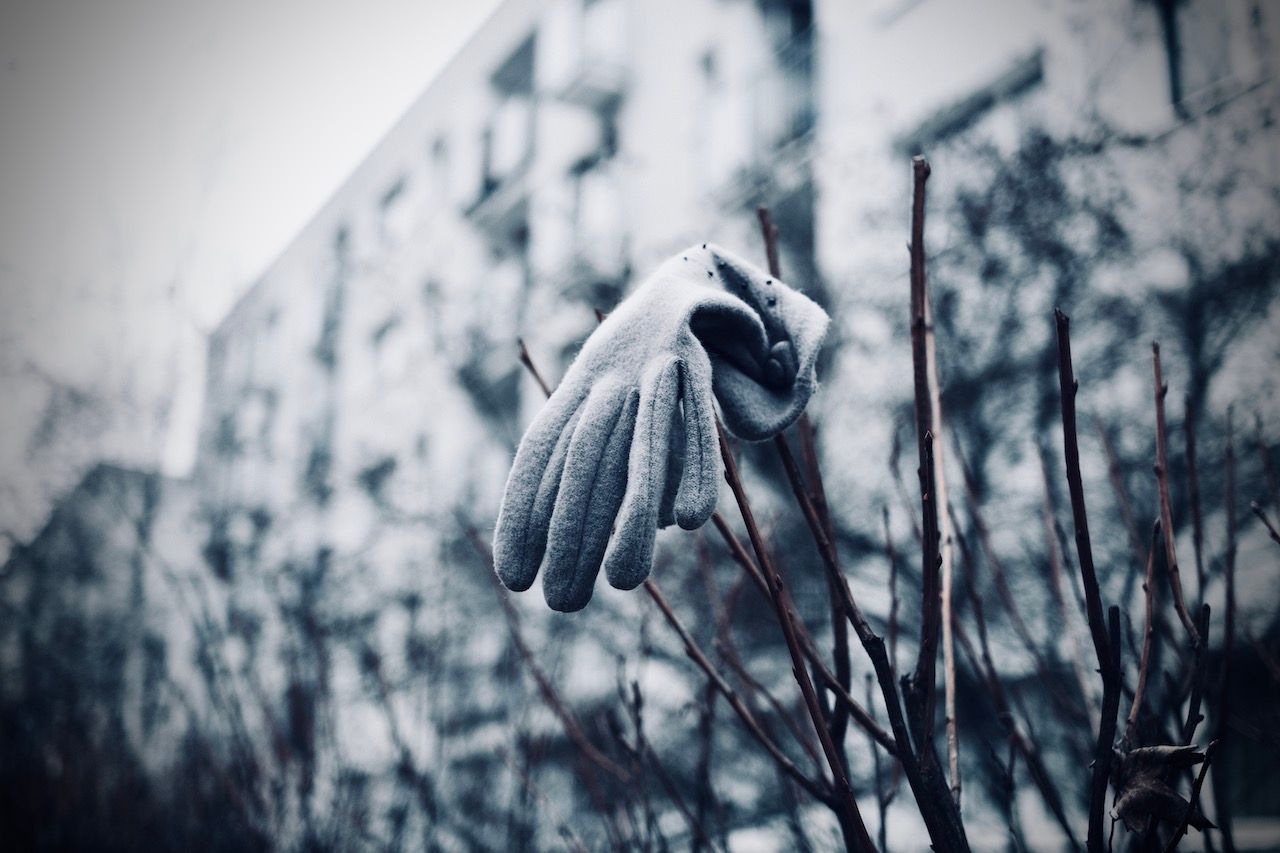
Pawiak Prison
Janusz Korczak Monument
Ul. Okopowa 49/51; Warszawa.
"Escape from the ghetto was virtually impossible, especially for so many children. If they could get outside the walls, the local population would have been able to tell where they were from and someone would have denounced them; the penalties for not informing on Jews were severe. They needed safe houses, false papers and a great deal of outside help, which was unlikely to be given.
However, Korczak could have saved himself, yet he chose to remain with ‘his’ children.
Hiding his own fear and helplessness, when the time came, he led the children in five orderly lines, quietly through the streets of the ghetto, to the waiting railway wagons, comforting the youngest and instilling courage in all. They were despatched in cattle trucks to Treblinka, a ‘death camp’ where arrivals were immediately sent straight to the gas chambers."
Warszawa 1942

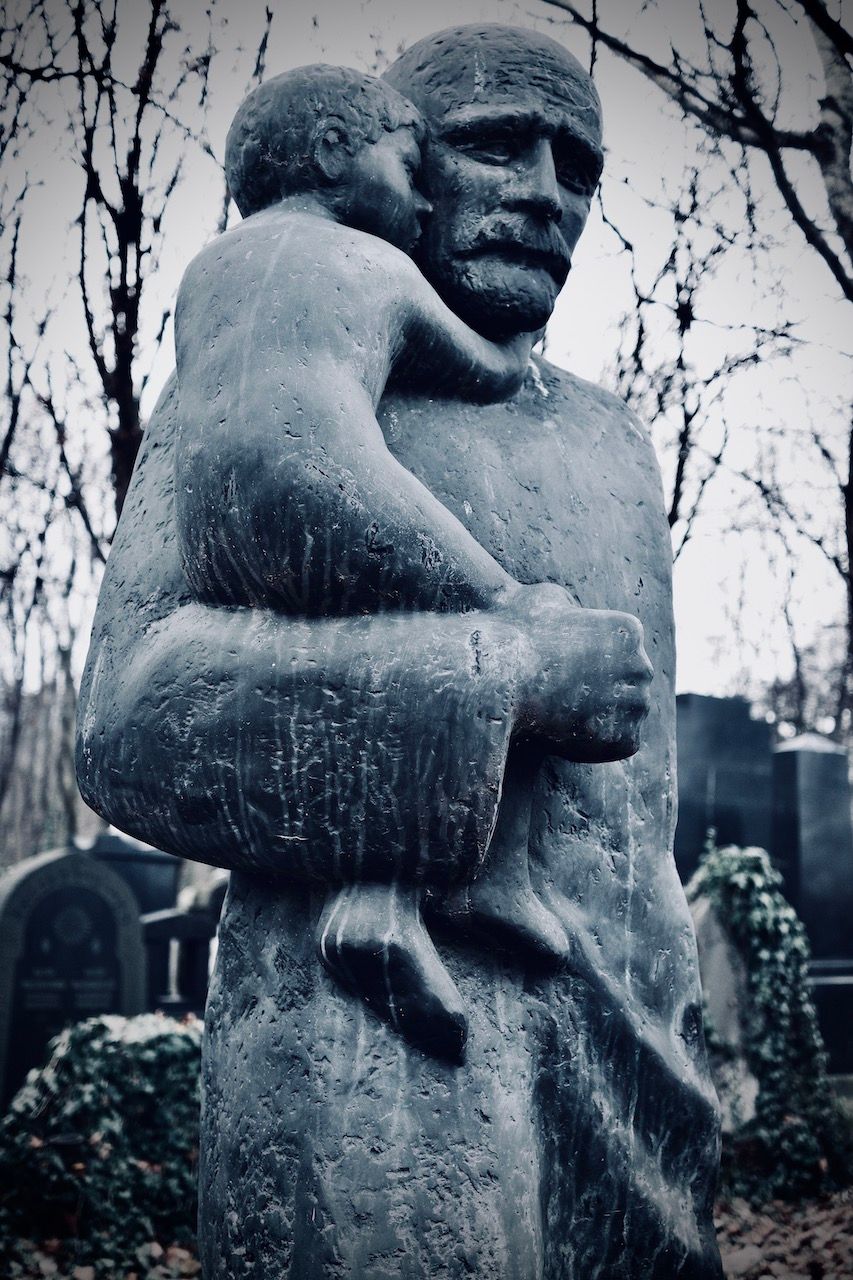
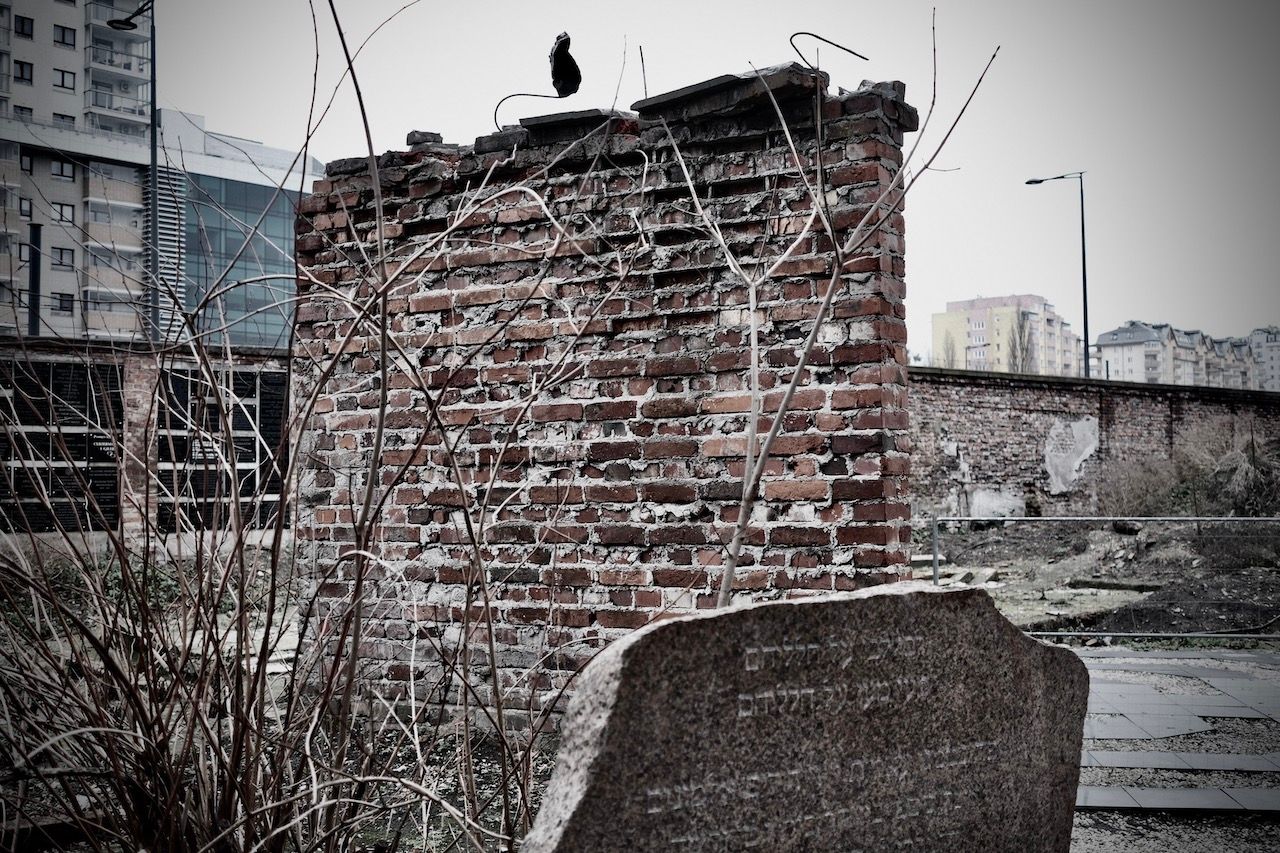

The Janusz Korczak plot at The Jewish Cemetery.
The Jewish Cemetery
Ul. Okopowa; Warszawa.
"Largely abandoned and neglected after the war, the Jewish Cemetery has become a gothic landscape of moss-covered tombstones, art deco mausoleums, shrines, memorials, and mass graves while sharing space with one of the most beautiful and wild urban forests in the city. The trees have grown to impressive heights, and in some sections they have almost completely taken over the cemetery. They are the home and playground of countless birds, especially crows and ravens. On windy days, the sound of the leaves rustling and the branches knocking mixed with birdsong and choruses of crows, is unforgettable. When it rains, the paths often fill with slow-moving parades of multi-coloured snails."
Paul Bargetto

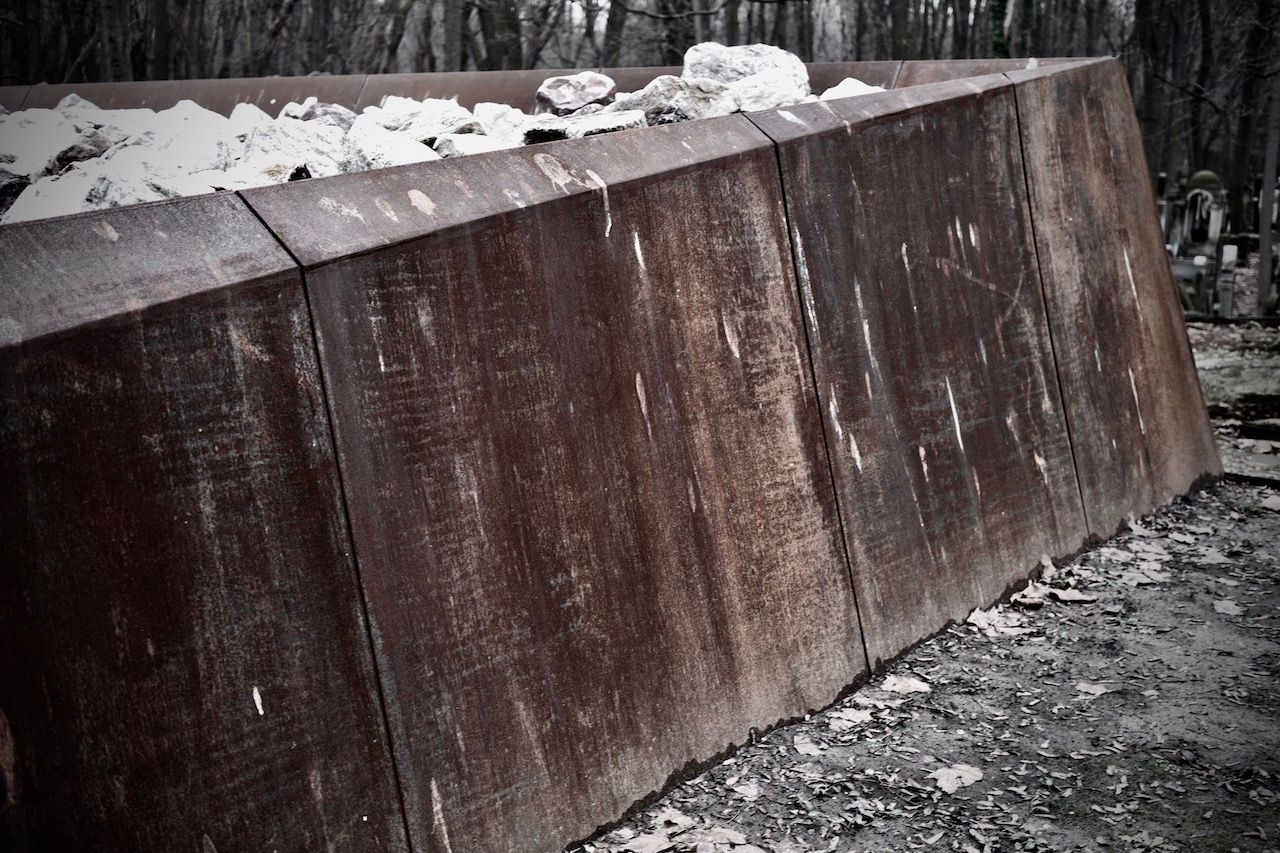


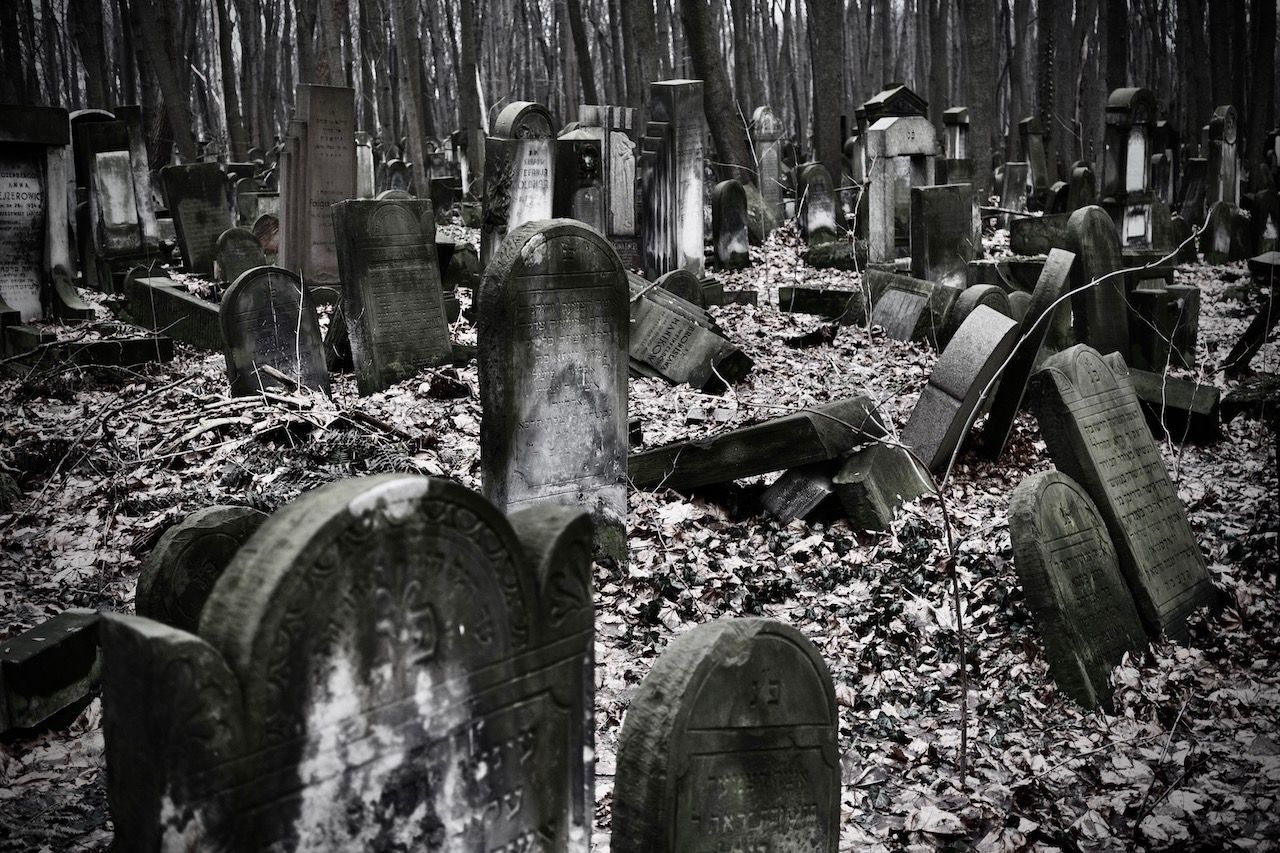

The Jewish Cemetery
Umschlagplatz
Ul. Stawki 10; Warszawa.
"In 1941, I was living in Warsaw on Ulica Koszykowa. Then the ghetto was established. I moved to the ghetto, where I lived at Ulica Karmelicka 4. In late 1941 there were round-ups, purportedly for labour purposes but the people caught in them went for execution. Mass expulsions began in 1942. Jews would be gathered in the Umschlagplatz and from there they were sent to Treblinka and Majdanek. It was a matter of chance who ended up where; wagons would be uncoupled from trains. The streets of the city were filled with corpses of people who had been shot and killed."
Helena Bard-Nomberg

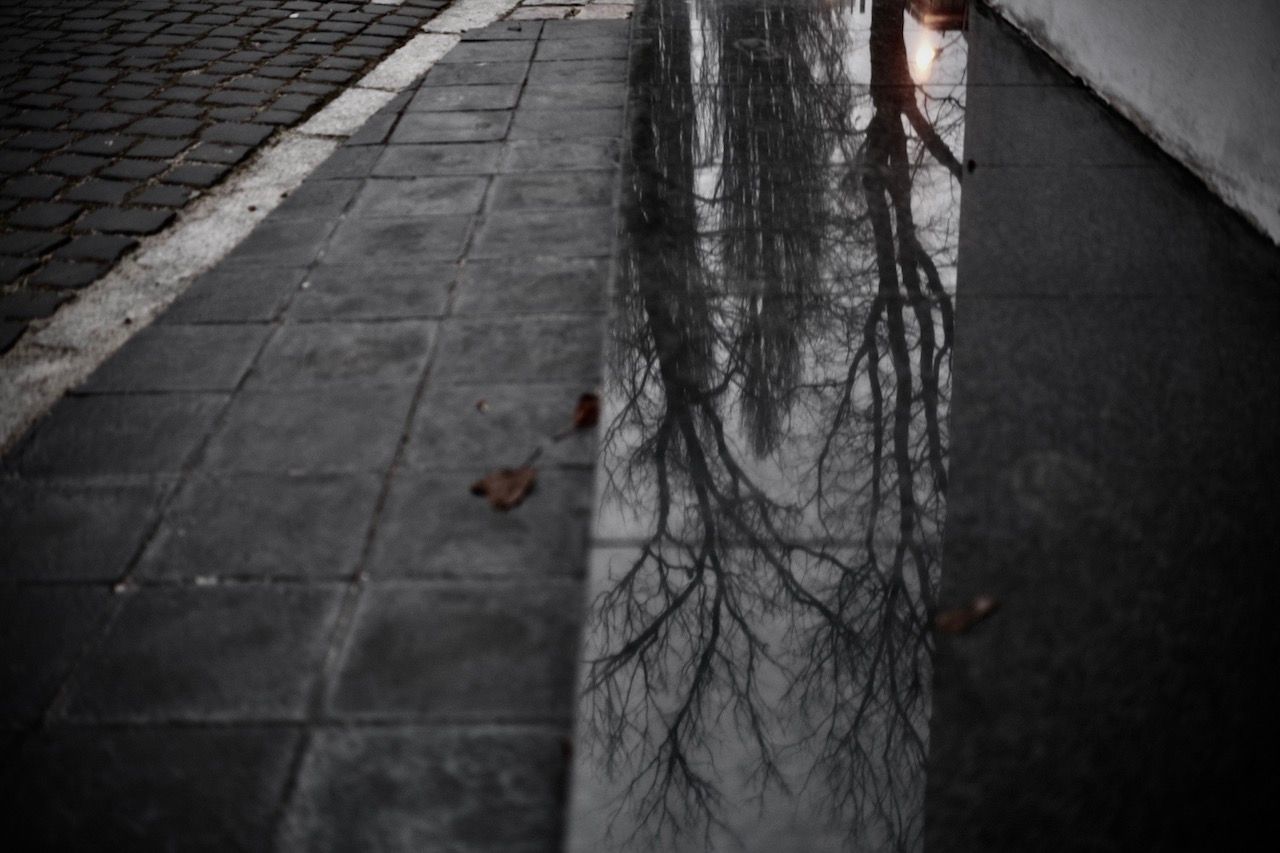

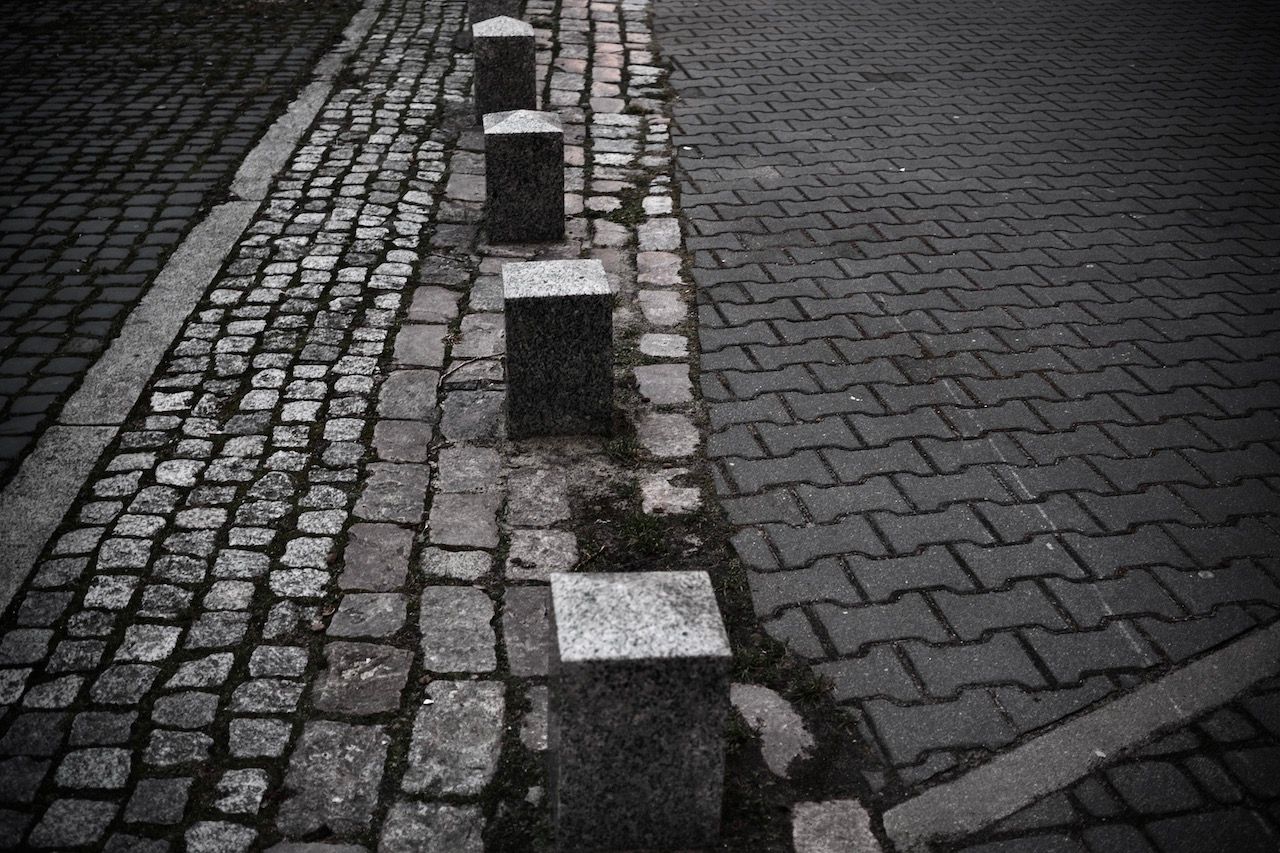
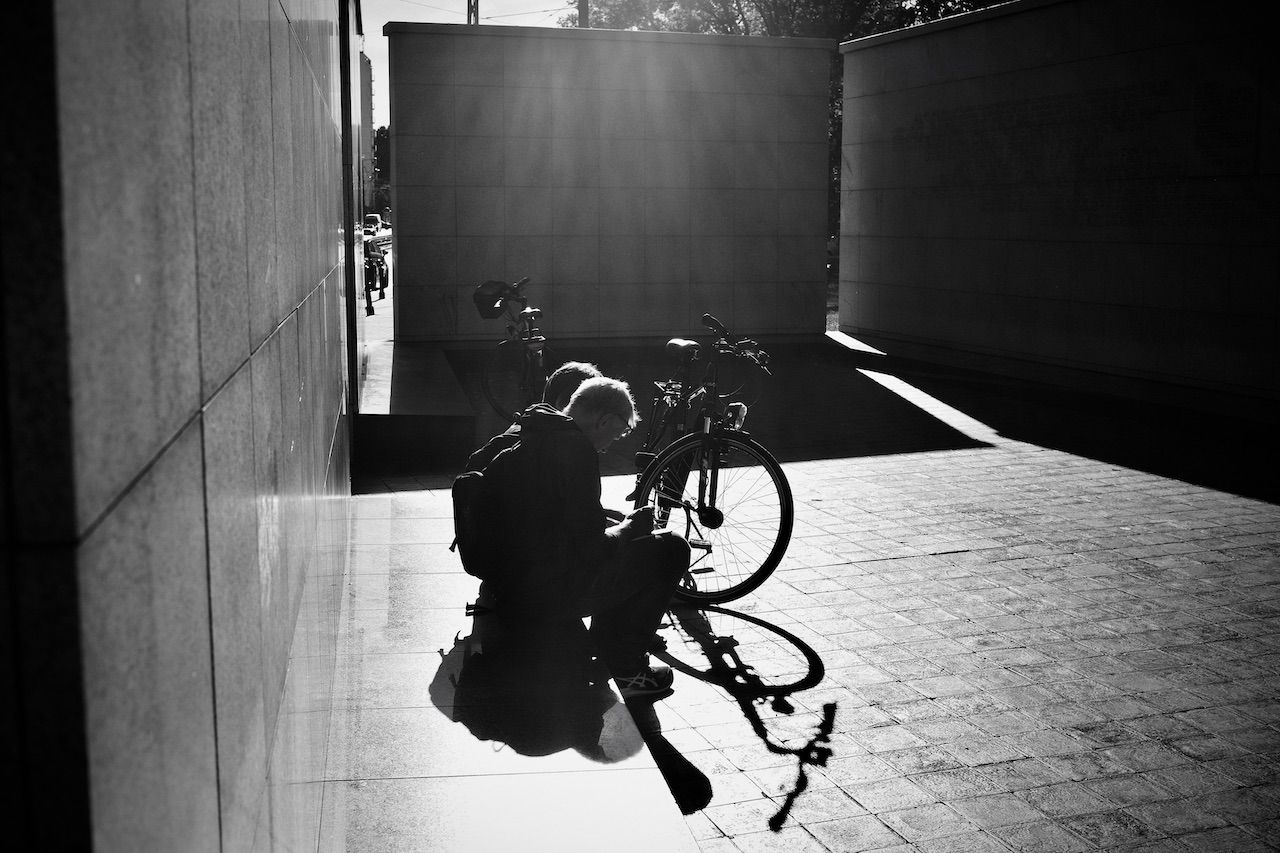

The Umschlagplatz Memorial.
Kosciuszko Monument
Port Praski; Warszawa.
"The monument commemorates the attempts to help the struggling capital after the liberation of the right-bank part of the city by the Red Army on September 14, 1944. The helplessness of Polish soldiers of the 1st Infantry Division Tadeusz Kościuszko was to symbolise a hand extended towards the fighting capital. Kościuszko's men tried to cross the Vistula in the area of the Czerniaków bridgehead and on Kępa Potocka.
Today, it is quite common to joke that this is a hand ordering five beers."
Vasco Miguel



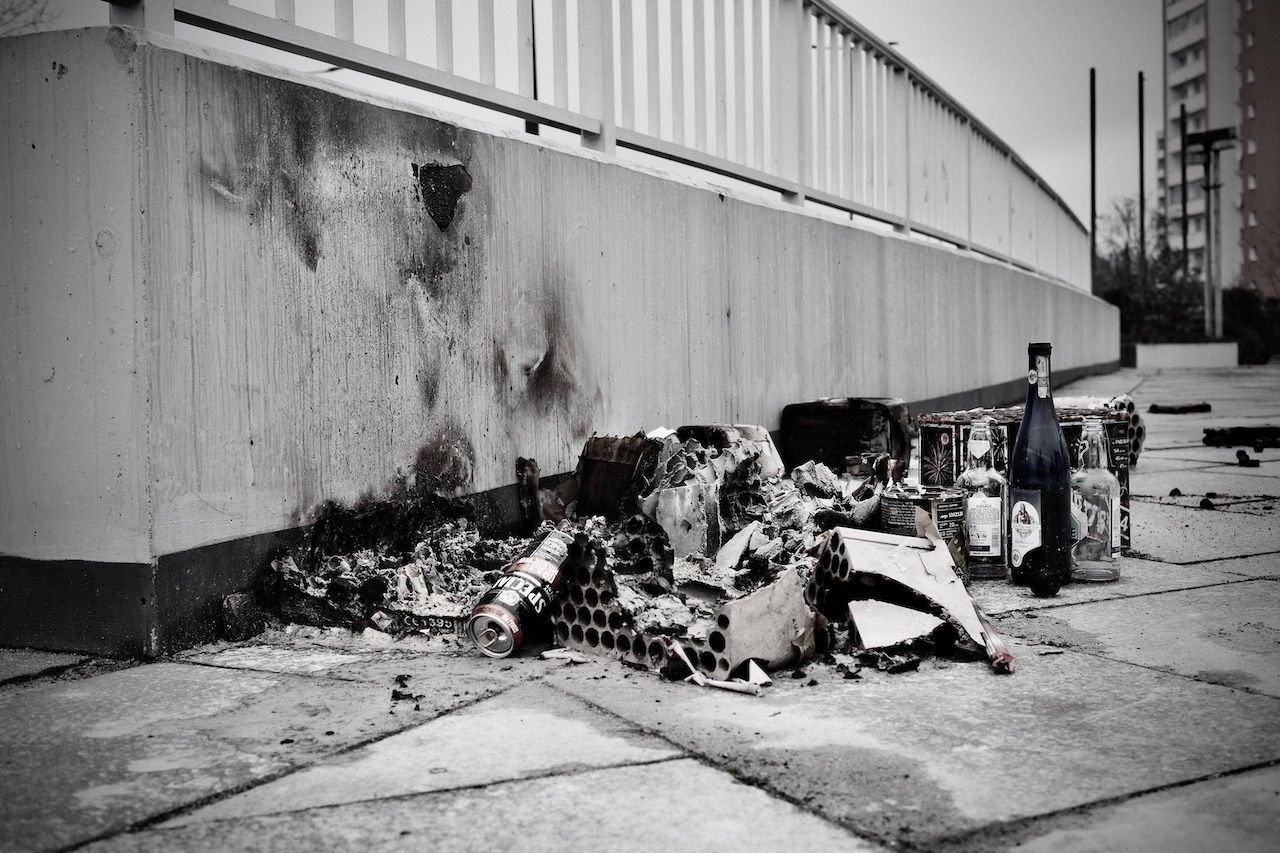
The Kościuszko Infantry Division Memorial.
The Warsaw Insurgents Cemetery
Ul. Wolska 174/176; Warszawa.
The largest burial site of victims of the Warsaw Uprising, which broke out on 1st August 1944 and lasted until 2 October 1944. Approximately 104,000 people (mainly persons unknown) are buried in the cemetery, mostly in collective graves. Its centrepiece is the monument to The Fallen Unconquerable under which the ashes of 50,000 victims of the uprising are buried.
"A volley of shots rang out, followed by cries and groans. I fell wounded and lost consciousness. After a certain time I recovered my senses. I heard them finishing off the wounded I did not move, pretending to be dead. They left one German to keep watch. The murderers set the neighbouring houses, large and small, on fire. The heat scorched me, the smoke choked me, and my dress began to burn, I tried cautiously to put out the flames.
I was hidden by a potato basket, and when the German sentinel was looking in another direction I pushed the basket in front of me and crawled along for a few yards behind it. Suddenly the wind blew a cloud of smoke in our direction so that the sentinel could not see me. I jumped to my feet and ran into the cellar of a burning house."
Wola Civilian Testimony; Record #053




The Warsaw Insurgents Cemetery.
The Warsaw Insurgents Memorial Chamber
Ul. Wolska; Warszawa.
"The truth (about the Uprising) is in the sobs of a mother who has no food left for her child. The truth is in the dilemma of how to bury your wife whose head has been ripped off and is nowhere to be found. The truth is in the helplessness when your neighbour goes mad in an overcrowded basement and is running amok, upstairs, straight into the hail of bullets, and you have no idea what to do. To follow him, or not to follow? To leave your nearest and dearest and come to his rescue, or rather to curl up and stay alive? This is the truth.
[…] They died because of the Uprising, there is no other reason. They died during armed combat, and then, when we were retreating from one district after another, we left them alone and helpless. The Germans took their revenge on them. Their retaliation for the sixty-three days of resistance was massive and cruel.
It is all in my head and in my heart, I cannot forget about it. I simply couldn’t. We must keep repeating it: if it hadn’t been for the civilians, the Uprising would have fallen on the second or third day. That is why stripping civilian victims of the Uprising of the honour of being among its heroes is quite simply wrong."
Wanda Traczyk-Stawska (Survivor)

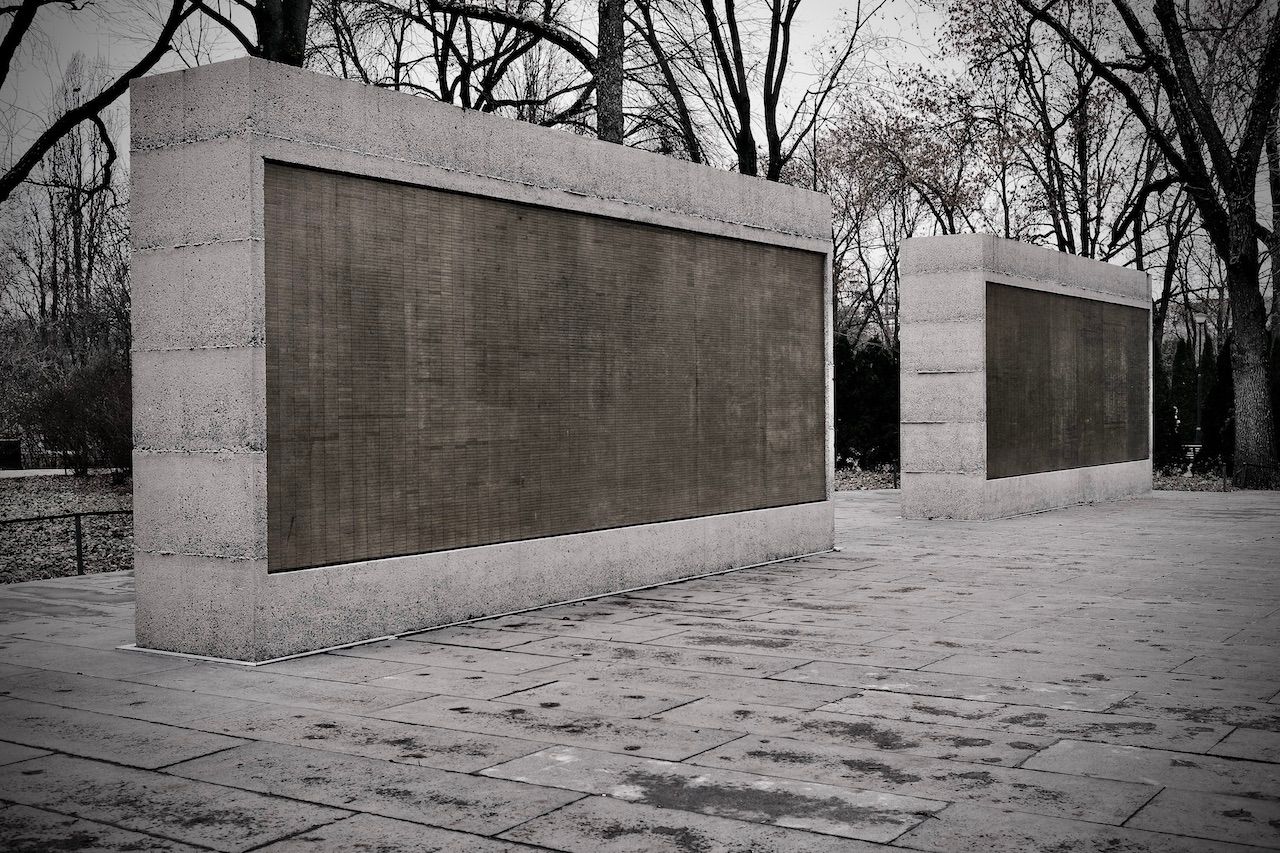


The Warsaw Insurgents Memorial Chamber.
Monument to The Fallen and Murdered in the East
Ul. Muranowska 02; Warszawa.
This stunning monument stands in honour of Poles killed and murdered in the East, in particular those deported to labour camps in Siberia after the Soviet invasion of Poland in 1939, as well as the victims of the Katyn massacre.
It is approximately 7 metres tall and is made out of bronze. It lies sublime, as the evening sunlight traces its silhouette across the busy intersection.
The statue shows a pile of religious symbols (Catholic and Orthodox crosses as well as Jewish and Muslim symbols) on a railway flatcar, which is set on tracks. Each railway sleeper displays the names of places from which Polish citizens were deported for use as slave labour in the USSR, and the names of the camps, collective farms, exile villages and various outposts of the gulag that were their destinations, including the mass murder sites used by the Soviet NKVD.
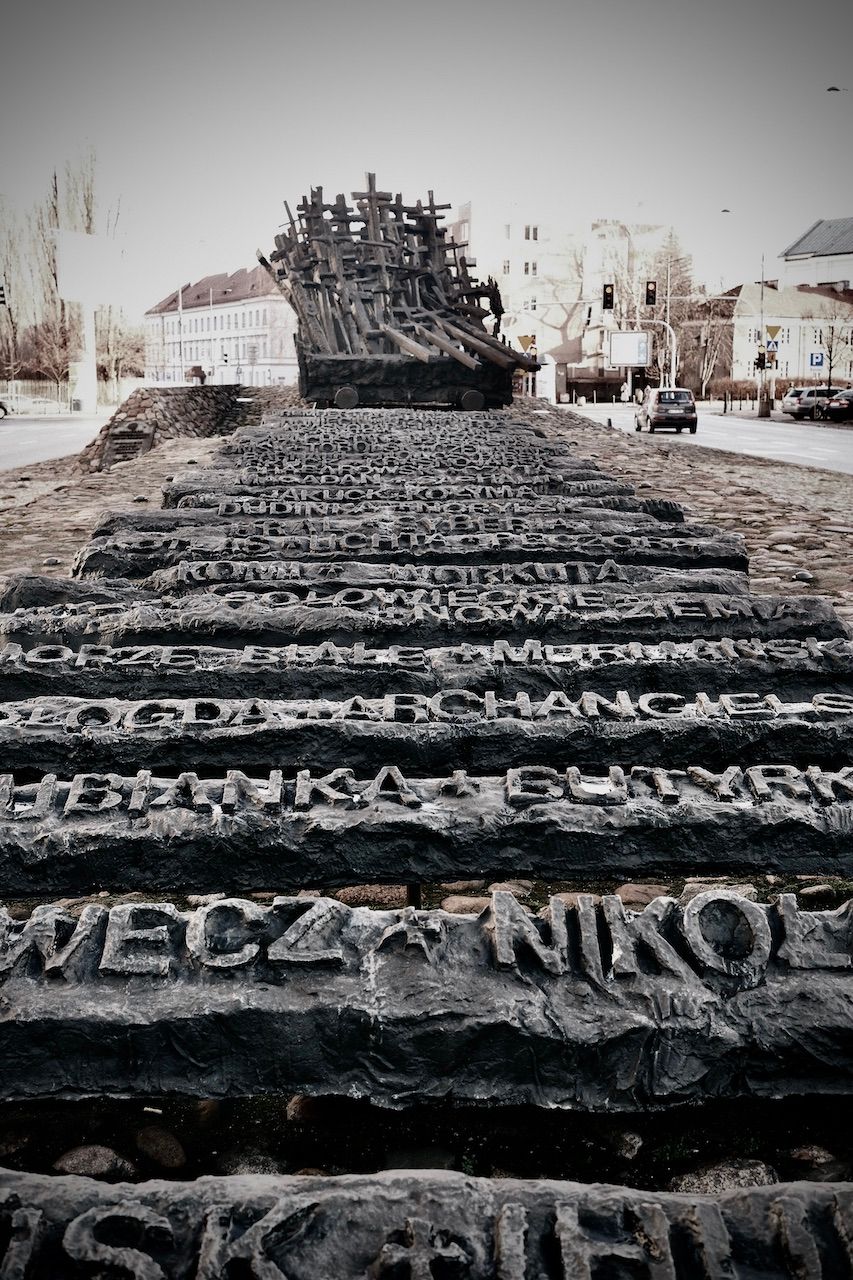



Monument to The Fallen and Murdered in the East.
Miła 18
Ul. Miła 18; Warszawa.
Site of the headquarters of the Jewish Combat Organisation (ŻOB), located in the ghetto during 1943.
On 8 May 1943, three weeks after the start of the Warsaw Ghetto Uprising, when the bunker was found out by the Nazis, there were around 300 people inside. The smugglers surrendered, but the ŻOB command, including Mordechaj Anielewicz, the leader of the uprising, stood firm.
The Nazis threw tear gas into the shelter to force the occupants out. Anielewicz, his girlfriend Mira Fuchrer and many of his staff committed mass suicide by ingesting poison rather than surrender, though a few fighters who did neither managed to get out of a rear exit and later fled from the ghetto through the canals to the "Aryan side" at Ul. Prosta on May 10. (See first memorial in this list)
From the report of SS-Oberfuhrer Jurgen Stroop at the time:
"We continued today the operation against the dug-out of the so-called select 'Party Directorate' which we had discovered yesterday, as reported in my teletype message yesterday. We succeeded in forcing open the dug-out of the Party Directorate and in catching about 60 heavily armed bandits. We succeeded in catching and liquidating Deputy Leader of the Jewish Military Organization 'ZWZ' and his so-called Chief of Staff.
There were about 200 Jews in this dug-out, of whom 60 were caught and 140 were destroyed, partly owing to the strong effect of smoke-candles, and partly owing to heavy explosive charges which were laid in several places. The Jews whom we caught had already reported that innumerable Jews had been killed by the effect of the smoke-candles.
The fight of the first six days was hard, but now we are able to state that we are catching those Jews and Jewesses who were the ringleaders in those days. Every time a dug-out is forced open, the Jews in it offer resistance with the arms at their disposal, light machine guns, pistols, and hand grenades. Today we again caught quite a number of Jewesses who carried loaded pistols in their bloomers, with the safety catch released. Some depositions speak of 3 to 4,000 Jews who still remain in underground holes, sewers, and dug-outs. The undersigned is resolved not to terminate the large-scale operation until the last Jew has been destroyed."
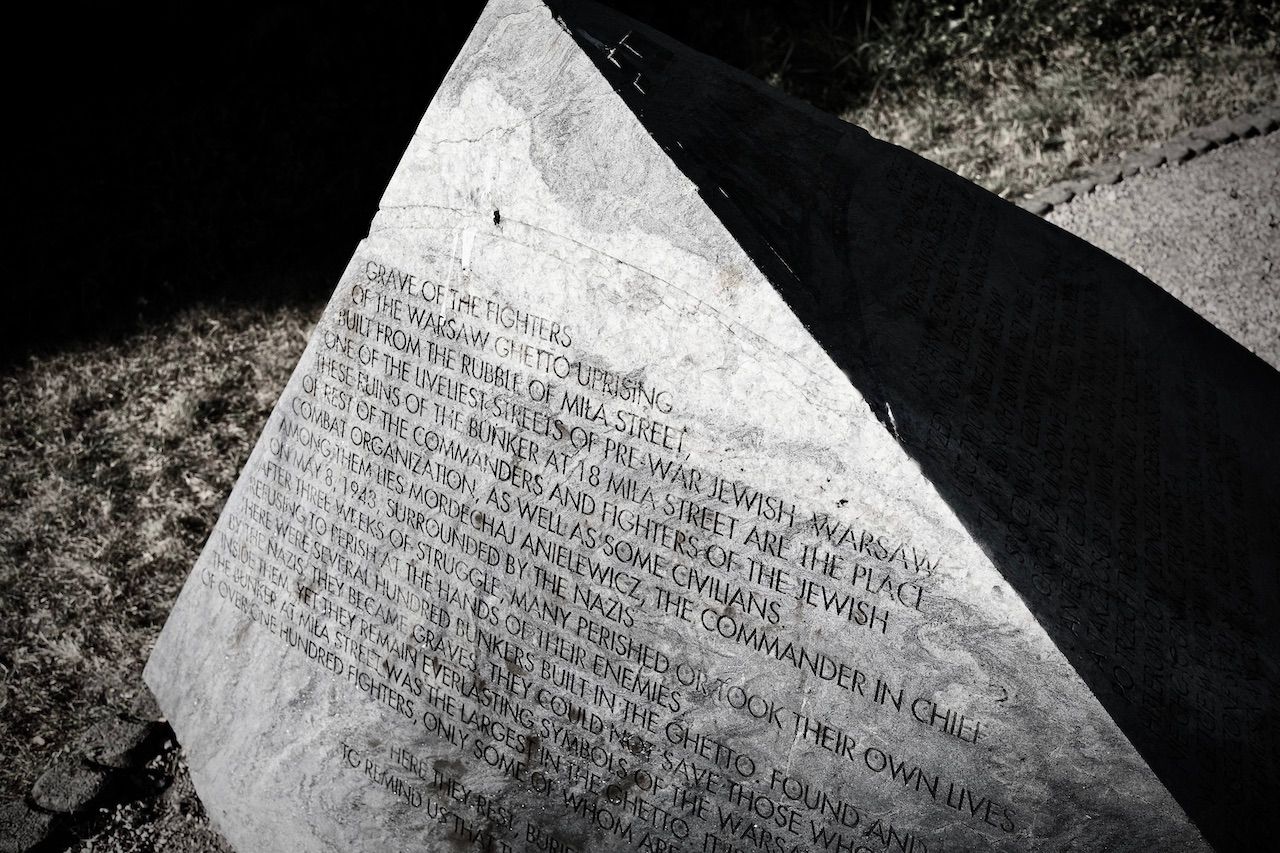
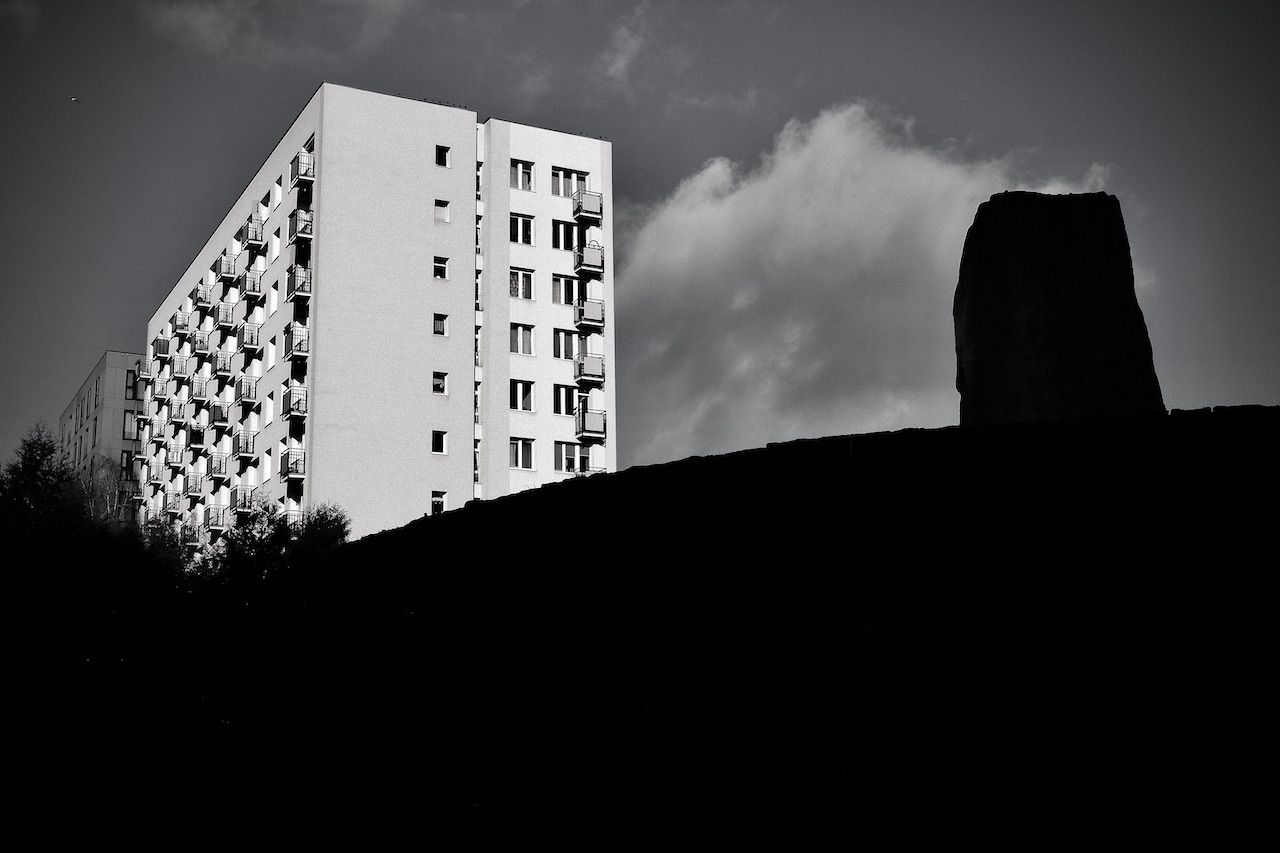
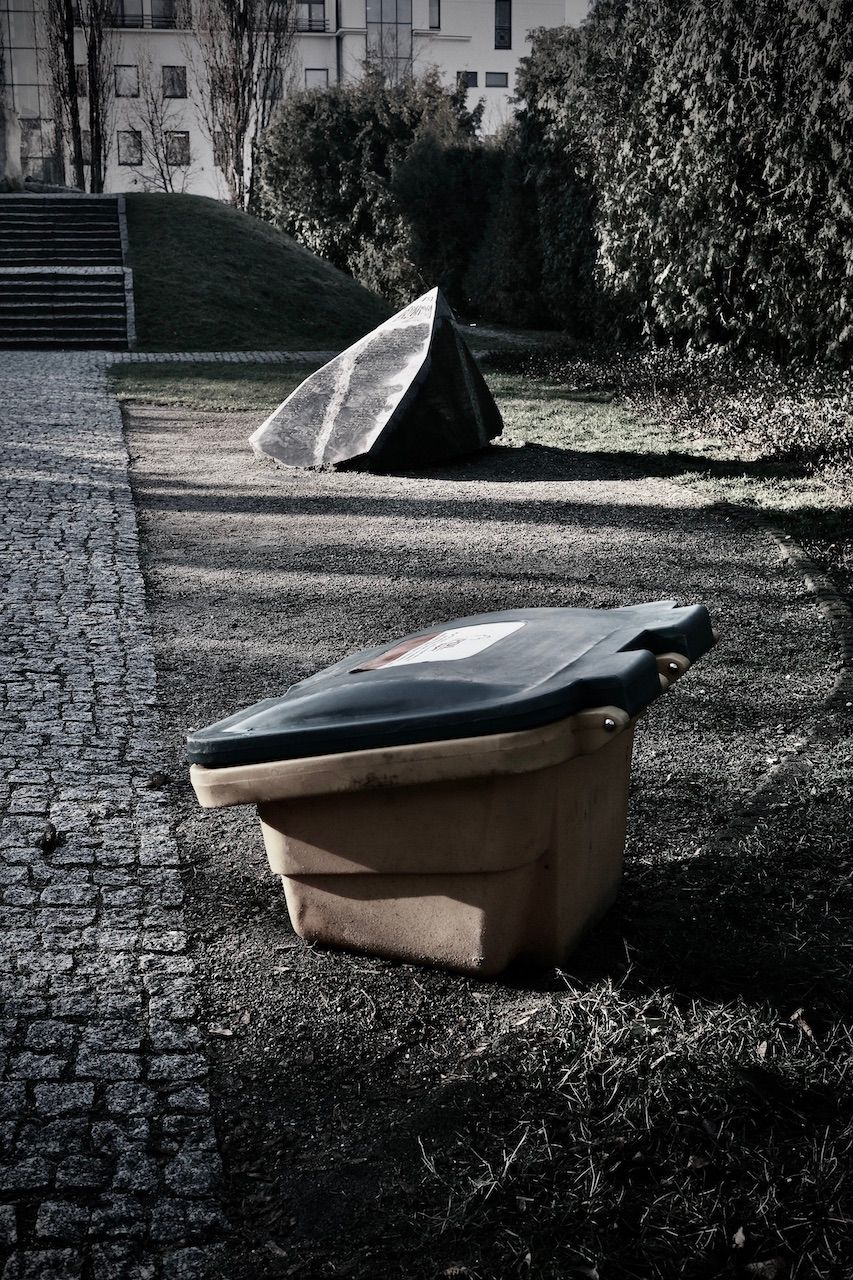
Ghetto Uprisng HQ Bunker at Miła 18.
Monument to the Ghetto Heroes
Ul. Zamenhofa; Warszawa.
This imposing monument commemorates the Warsaw Ghetto Uprising of 1943 during the Second World War. It is located in the area which was formerly a part of the Warsaw Ghetto, at the spot where the first armed clash of the uprising took place and adjacent to the Uprising HQ at Miła 18.
The monument was built partly of Nazi German materials originally brought to Warsaw in 1942 by Albert Speer for his planned regeneration works.
The completed monument was formally unveiled in April 1948 and stands proudly facing POLIN (The Museum of the History of Polish Jews).
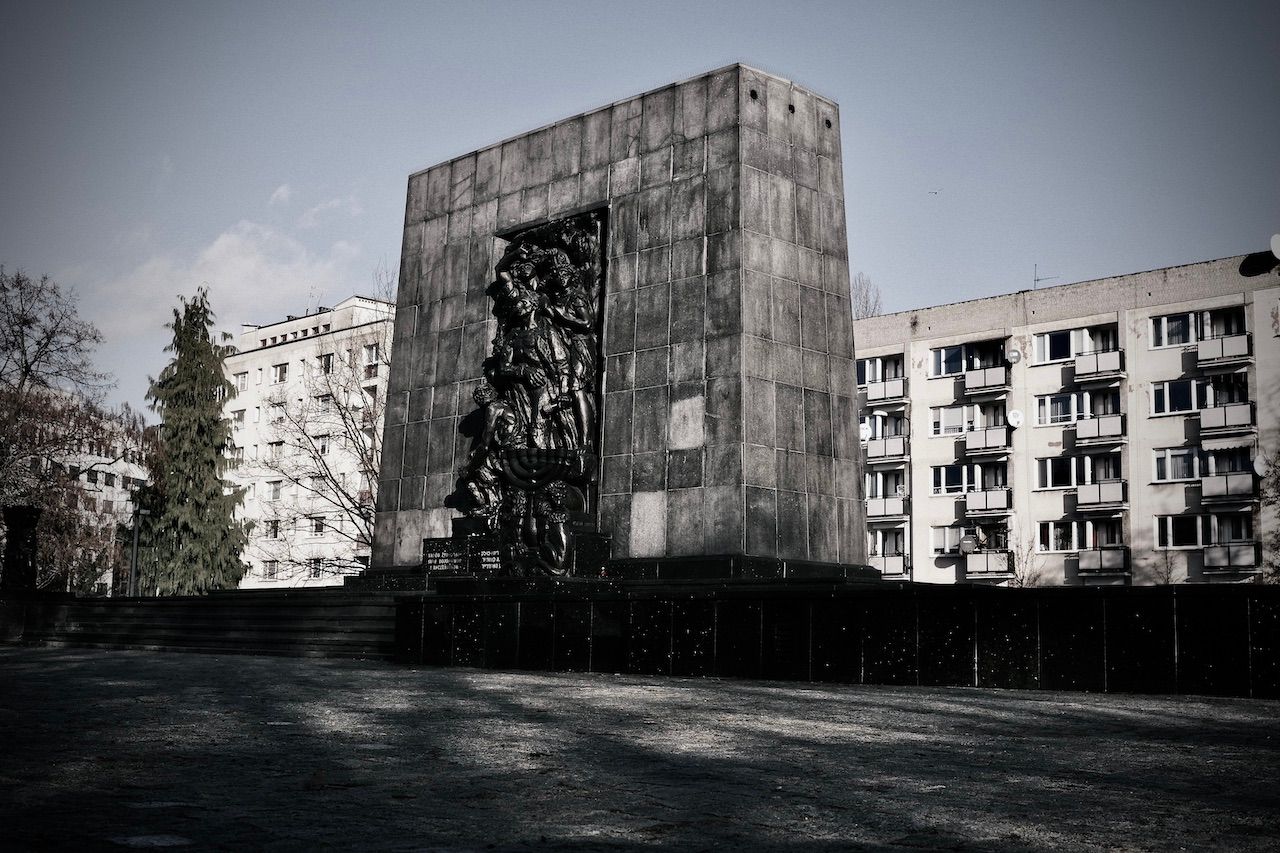
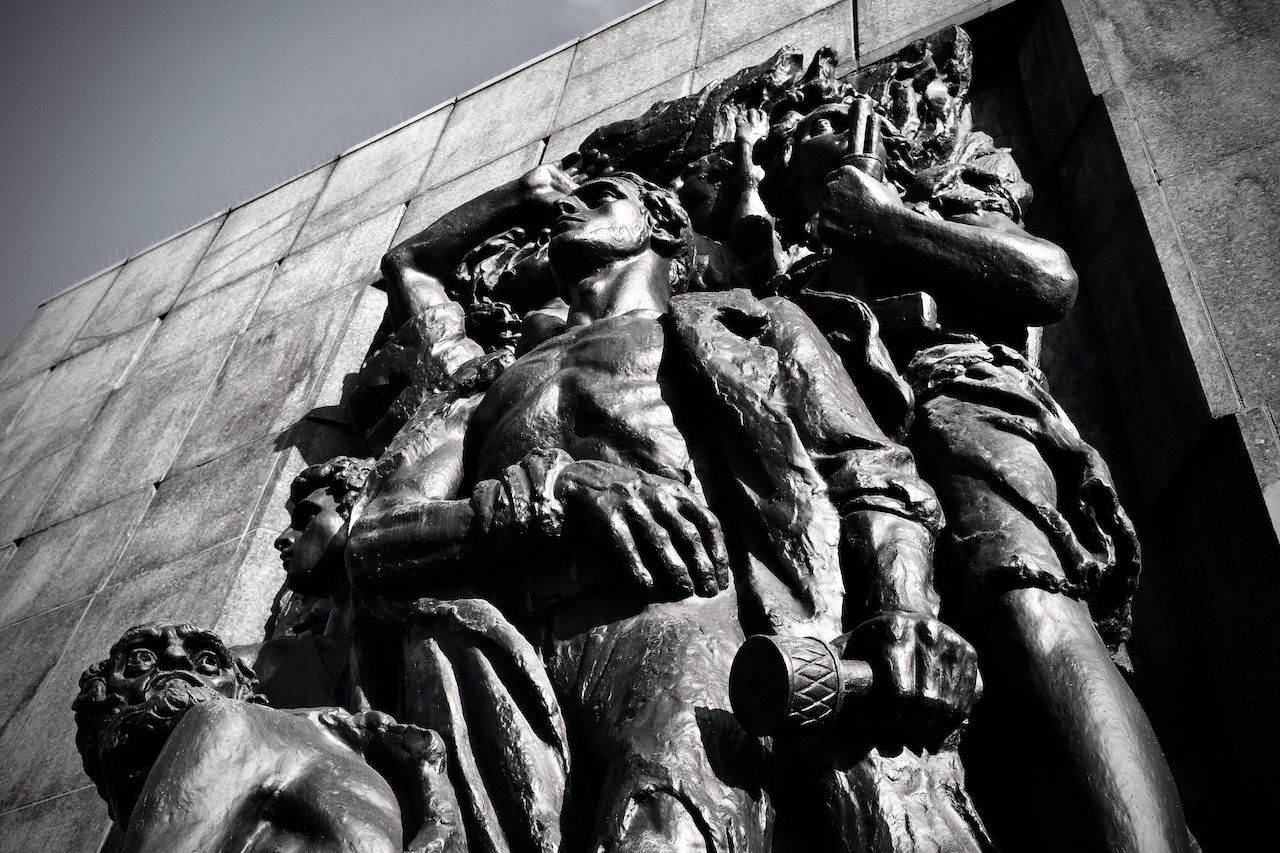

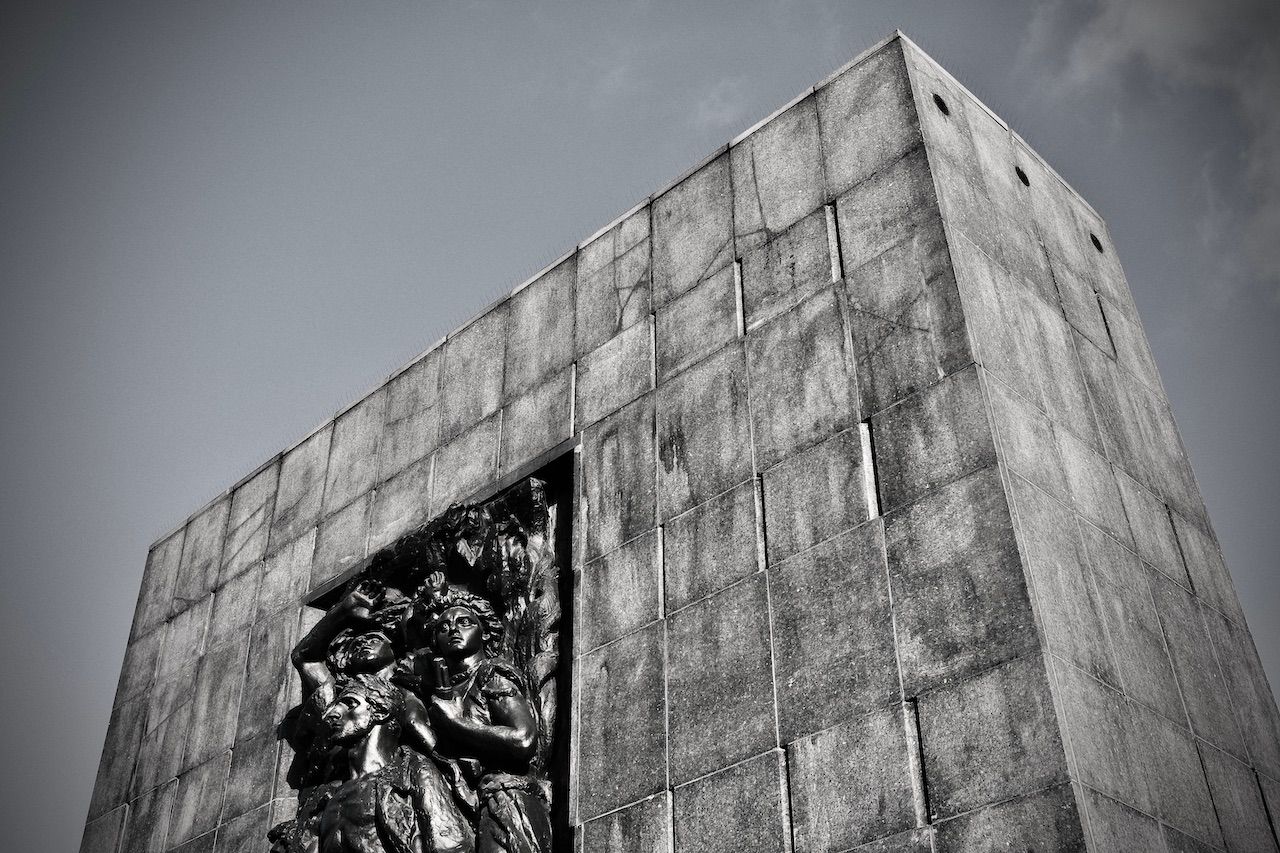
POLIN: Museum of the History of Polish Jews.
Ul. Mordechaja Anielewicza 06; Warszawa.
This incredible museum stands on the site of the former Warsaw Ghetto. Interestingly, the Hebrew word POLIN in the museum's English name means either "Poland" or "rest here" and relates to a legend about the arrival of the first Jews to Poland.
The building's minimalist exterior is clad with glass fins and copper mesh. Silk screened on the glass is the word POLIN, in Latin and Hebrew letters.
The central feature of the building is its cavernous entrance hall. The main hall forms a high, undulating wall. The empty space is a symbol of cracks in the history of Polish Jews, similar in shape to a gorge, which is a reference to the crossing of the Red Sea known from the Exodus.


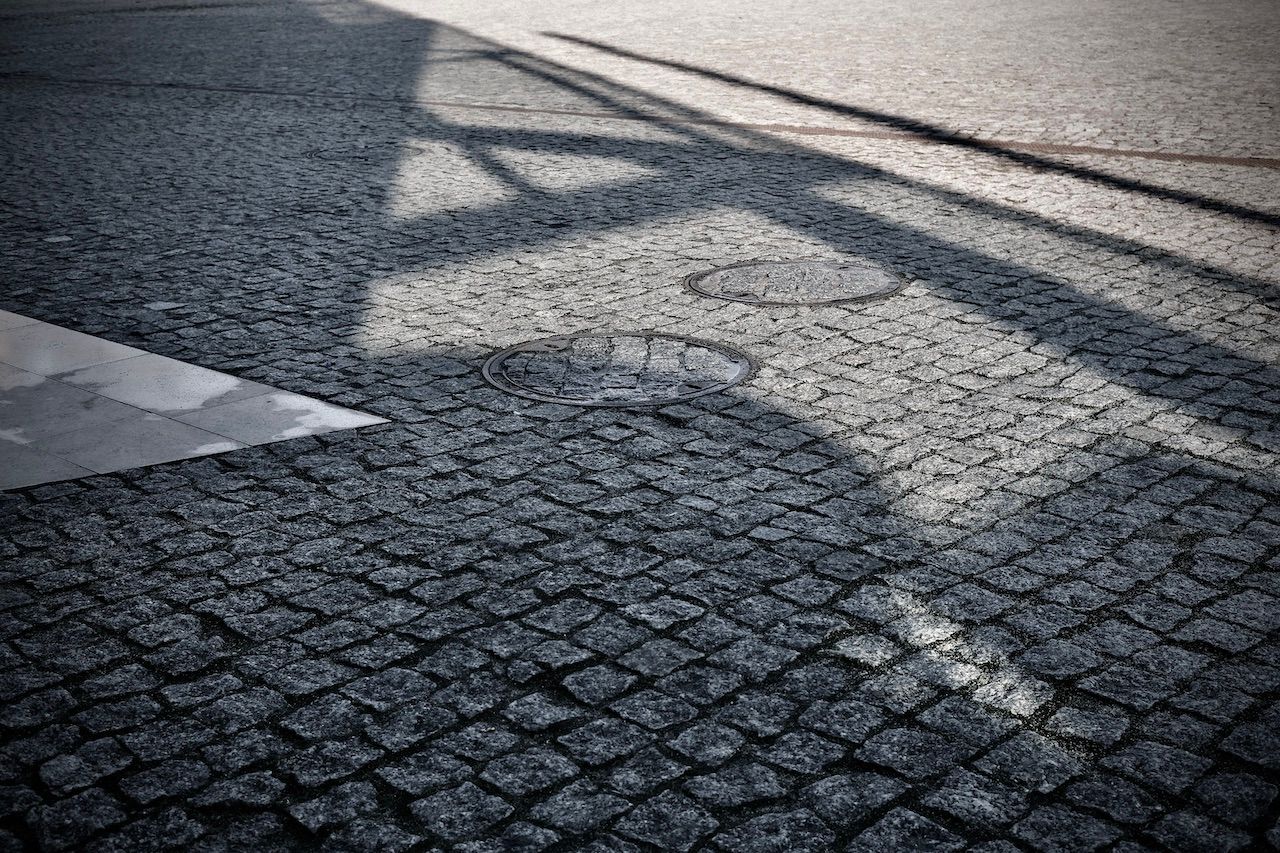

The Museum of the History of Polish Jews (POLIN).
Route and locations.
It would be possible to make fleeting visits to all the memorials above in one day. But only at a pace that would not do justice to them, or the memories they make real.
I took these pictures over three days in January 2023. The weather was cold and grey, not ideal for photography, but also, strangely fitting.

Camera: Fujifilm XE4
Prime Lens: Fujinon 27mm F2.8
Simulation: Fujifilm Bleach Bypass.
Additional Retouching: Apple Photos






